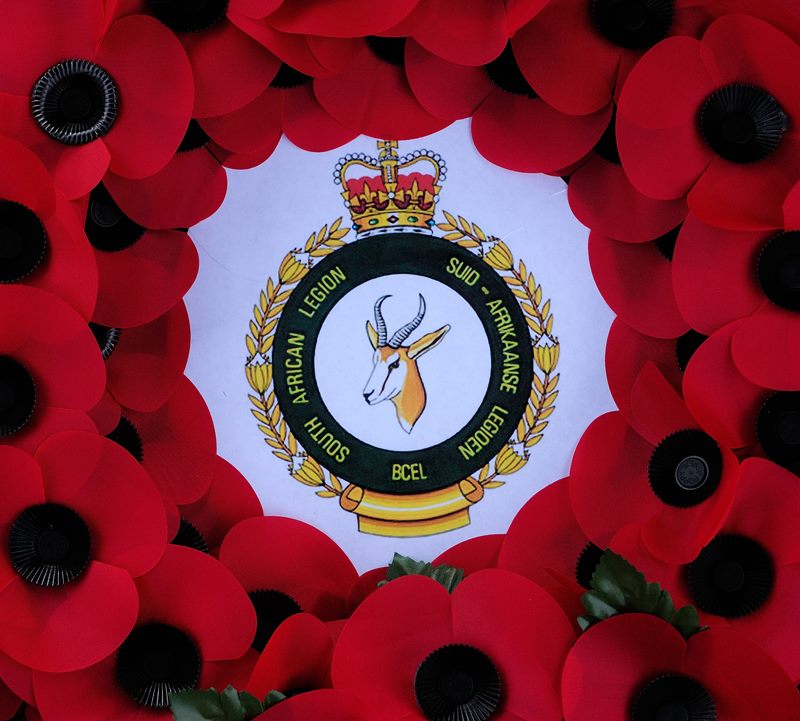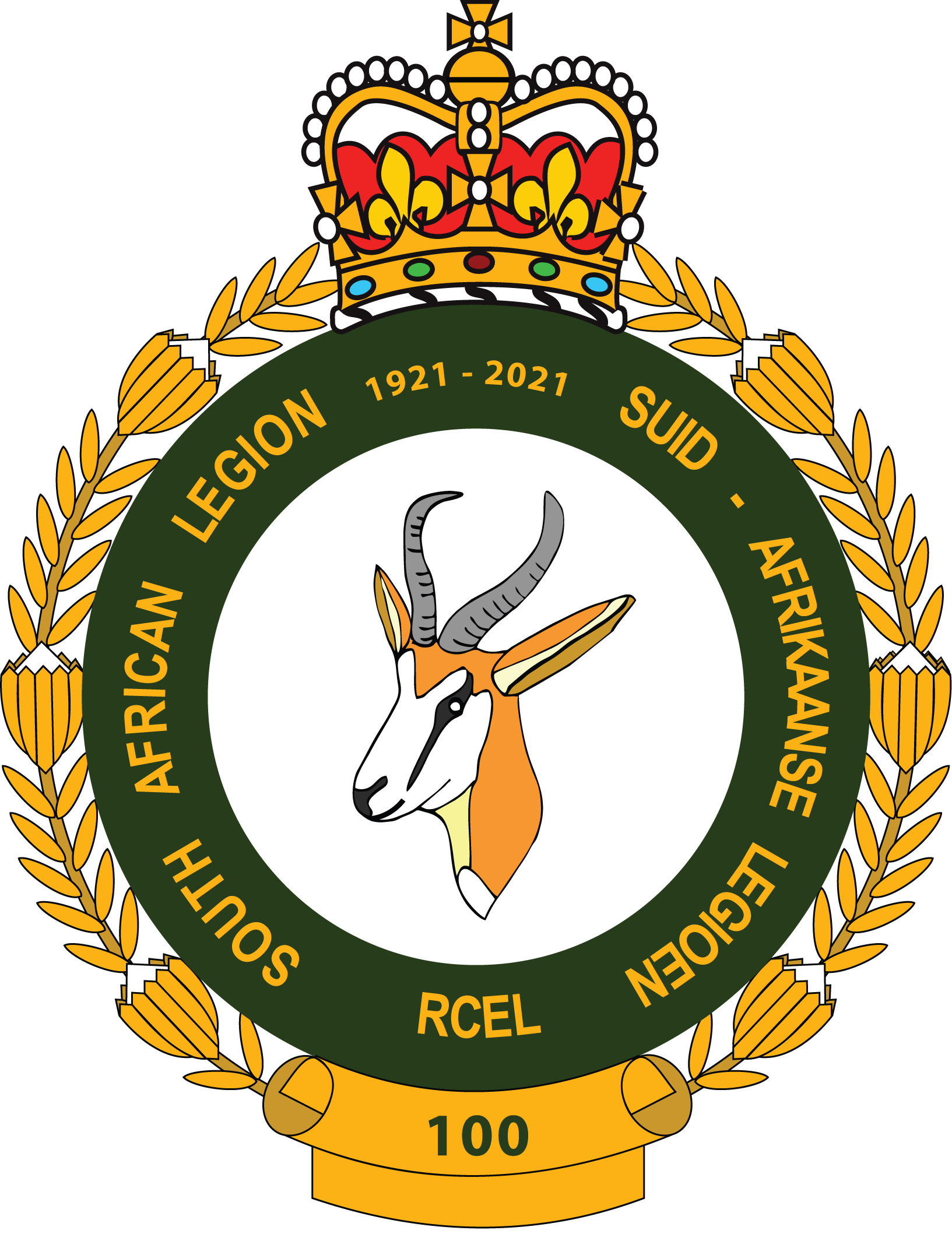
September 1914: Bordon Camp.The units of the Division crossed to France between the 9-12th May 1915 and then took part in the following actions:
The Battle of Loos1916
The Battle of Albert*
The Battle of Bazentin* in which the Division captured Longueval
The Battle of Delville Wood*
The Battle of Le Transloy*
( The battles marked * are phases of the Battles of the Somme 1916 ).
1917
The First Battle of the Scarpe**
The Second Battle of the Scarpe**
( The battles marked ** are phases of the Arras Offensive 1917 ).
The First Battle of Passchendaele+
( The battle marked + is a phase of the Third Battle of Ypres ).
The action of Welsh Ridge (the last phase of the Cambrai operations 1917).
The Battle of St Quentin***
The First Battle of Bapaume**
( The battles marked ** are phases of the First Battles of the Somme 1918 ).
The Battle of Messines+
The Battle of Bailleul+
The First Battle of Kemmel+
The Second Battle of Kemmel+
( The battles marked + are phases of the Battles of the Lys ).
26th Brigade (Highland):
8th Bn, the Black Watch
7th Bn, the Seaforth Highlanders
8th Bn, the Gordon Highlanders ( left May 1916 )
5th Bn, the Cameron Highlanders
1/5th Bn, the Loyal North Lancashire Regt. ( joined December 1915, left January 1916 ).
10th Bn, the Argyll & Sutherland Highlanders ( joined from 27th Bde May 1916, left February 1918 ).
26th Machine Gun Company ( formed 29 January 1916, left to move into 9th MG Battalion 1 March 1918 ).
26th Trench Mortar Battery ( joined 15 June 1916 ).
27th Brigade (Lowland):
11th Bn, the Royal Scots
12th Bn, the Royal Scots
6th Bn, the Royal Scots Fusiliers ( left May 1916 )
10th Bn, the Argyll & Sutherland Highlanders( left for 26th Bde May 1916 )
6th Bn, the King’s Own Scottish Borderers ( joined from 28th Brigade 6 May 1916 )
9th Bn, the Cameronians (Scottish Rifles) ( joined May 1916, left February 1918 ).
27th Machine Gun Company ( formed 23 December 1915,left to move into 9th MG Battalion 1 March 1918 ).
27th Trench Mortar Battery ( joined July 1916 ).
28th Brigade:
This Brigade was broken up on 16 May 1916 and replaced by the South African Brigade. Reformed as a three-battalion brigade in September 1918.
6th Bn, the King’s Own Scottish Borderers ( left for 27th Brigade 6 May 1916 ).
9th Bn, the Cameronians (Scottish Rifles) ( returned September 1918 ).
10th Bn, the Highland Light Infantry ( see South African Brigade ).
11th Bn, the Highland Light Infantry ( see South African Brigade )
28th Machine Gun Company ( formed 3 January 1916 )
2nd Bn, the Royal Scots Fusiliers ( joined September 1918 )
1st Bn, the Royal Newfoundland Regt. ( joined September 1918 )
28th Trench Mortar Battery ( joined 11 September 1918 ).
South African Brigade:
1st. SA Brigade joined Division on 22 April ,1916 and left on 13 September 1918.
1st Regt, the South African Infantry
2nd Regt, the South African Infantry
3rd Regt, the South African Infantry ( disbanded 18 February 1918 )
4th Regt, the South African Infantry ( South African Scottish )
On 24 April 1918, after suffering very heavy casualties, the 1st, 2nd and 4th SA Regiments were amalgamated, temporarily becoming the SA (Composite) Regiment. They were re-formed by 1 September 1918.
10th Bn, the Highland Light Infantry ( under command of Brigade for 8 days in May 1916 )
11th Bn, the Highland Light Infantry ( under command of Brigade for 8 days in May 1916 )
28th Machine Gun Company ( joined 6 May 1916,left to move into 9th MG Battalion 1 March 1918 )
South African Trench Mortar Battery ( joined 13 June 1916 )
3/4th Bn, the Royal West Kent Regt. ( joined 6 June 1917, left 15 June 1917 )
3/10th Bn, the Middlesex Regt. ( joined 6 June 1917, left 23 July 1917 )
2nd Bn, the Royal Scots Fusiliers ( joined 26 April 1918, left 13 September 1918 )
9th Bn, the Cameronians (Scottish Rifles) ( joined 21 April 1918, left 12 September 1918 )
Divisional Troops:
6th Bn, the Bedfordshire Regt. ( left March 1915 )
6th Bn, the Leicestershire Regt. ( left April 1915 )
9th Bn, the Seaforth Highlanders ( joined December 1914, became Divisional Pioneer Battalion early 1915 )
10th Motor Machine Gun Battery ( joined 30 April 1915, left 11 June 1916 )
197th Company, the Machine Gun Corps ( joined 19 December 1916, left to move into 9th MG Battalion 1 March 1918 )
No 9 Battalion, the Machine Gun Corps ( formed 1 March 1918 )
11th Motor Machine Gun Battery ( joined 7 October 1918, left 7 November 1918 )
Divisional Mounted Troops:
B Sqn, the 1/1st Glasgow Yeomanry ( joined 15 May 1915, left 10 May 1916 )
9th Divisional Cyclist Company, Army Cyclist Corps ( formed 1 December 1914, left 26 June 1916 )
Divisional Artillery:
L Brigade, RFA
LI Brigade, RFA
LII Brigade, RFA ( left 8 January 1917 )
LIII (Howitzer) Brigade, RFA ( broken up 11 September 1916 )
9th Divisional Ammunition Column RFA
9th Heavy Battery RGA ( left 16 May 1915 )
V.9 Heavy Trench Mortar Battery RFA( joined May 1916, left February 1918 )
X.9, Y.9 and Z.9 Medium Mortar Batteries RFA ( joined April 1916; on 13 February 1918, Z broken up and batteries reorganised to have 6 x 6-inch weapons each )
Royal Engineers:
63rd Field Company
64th Field Company
90th Field Company ( joined January 1915 )
9th Divisional Signals Company:
Royal Army Medical Corps:
27th Field Ambulance
28th Field Ambulance
29th Field Ambulance ( left May 1916 )
South African Field Ambulance ( joined May 1916, left 13 September 1918 )
2/1st (East Lancashire) Field Ambulance ( joined 26 September 1918 )
20th Sanitary Section ( left 29 March 1917 )
Other Divisional Troops:
9th Divisional Train
ASC 104, 105, 106 and 107 Companies
21st Mobile Veterinary Section AVC
212th Divisional Employment Company ( formed by 23 June 1917 )
9th Divisional Motor Ambulance Workshop ( transferred to Divisional Train 9 April 1916 ).
Source :
http://www.1914-1918.net/9div.htm
